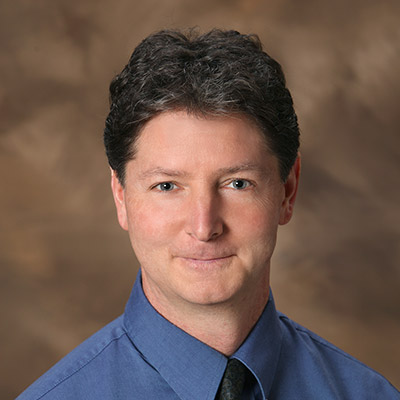Please note: We strongly recommend purchasing tickets online in advance to guarantee entry, as we do sell out on weekends.
Effect of bone morphogenetic protein on experimental carapace defects in turtles
By Charles Innis, Christopher Wilson, Howard Seeherman, Brian Stacy
Originally published in Journal of Herpetological Medicine and Surgery in May 2021

Abstract
Anecdotal reports suggest that bone morphogenetic protein (BMP) may be useful for treating chelonian shell defects, but controlled studies are lacking. Under general anesthesia, 2-cm-diameter, full-thickness carapace defects were created bilaterally in the second costal scute of 12 red-eared slider turtles (Trachemys scripta elegans). Defects were managed for 10 days by using negative pressure wound therapy, followed by bandages. Three weeks postoperatively, one defect on each turtle was injected with 0.1 mg of recombinant human BMP-2 carried in bovine type 1 collagen, whereas the contralateral defect was injected with only collagen. Four turtles were euthanized at each of three time points (2, 4, and 12 wk posttreatment). Defects were evaluated by gross appearance, computed tomography, and histology. No difference was noted between the treated and untreated defects. Nonetheless, histologic assessment provided novel characterization of the progression of chelonian shell healing under controlled conditions. Examination indicated that margins of exposed carapace bone underwent osteonecrosis. Re-epithelialization and osteoclastic activity undermined necrotic bone, which was eventually sloughed. Inflammation of the deep wound bed, including the pericoelomic membrane, resolved with completion of re-epithelialization and was associated with the transition of granulation tissue into mature fibrous connective tissue. Osteoid and woven bone formed along remodeled margins and began to bridge the wound along its deep surface within this fibrous connective tissue. Although this study did not demonstrate BMP efficacy, the surgical model described here may be useful for future studies of chelonian shell repair and healing, including studies that evaluate alternative formulations of BMP.
Full Text


